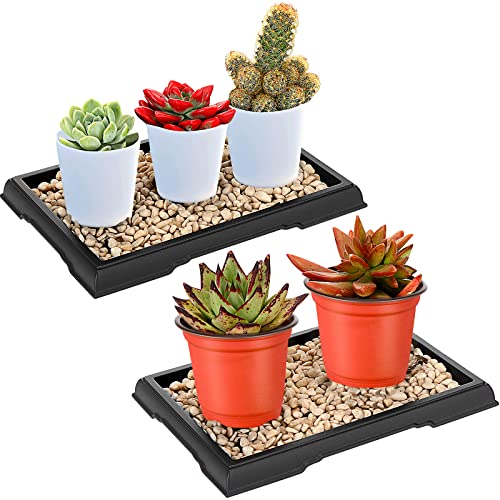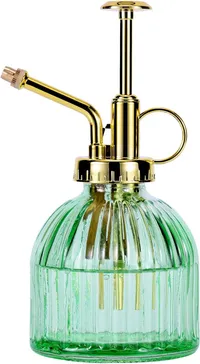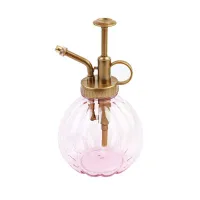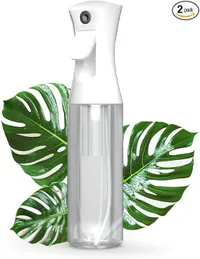I tried an $8 pebble tray against my plant mister and it's changed my houseplants – and my home aesthetic
A pebble tray will add more than just humidity to your houseplant collection

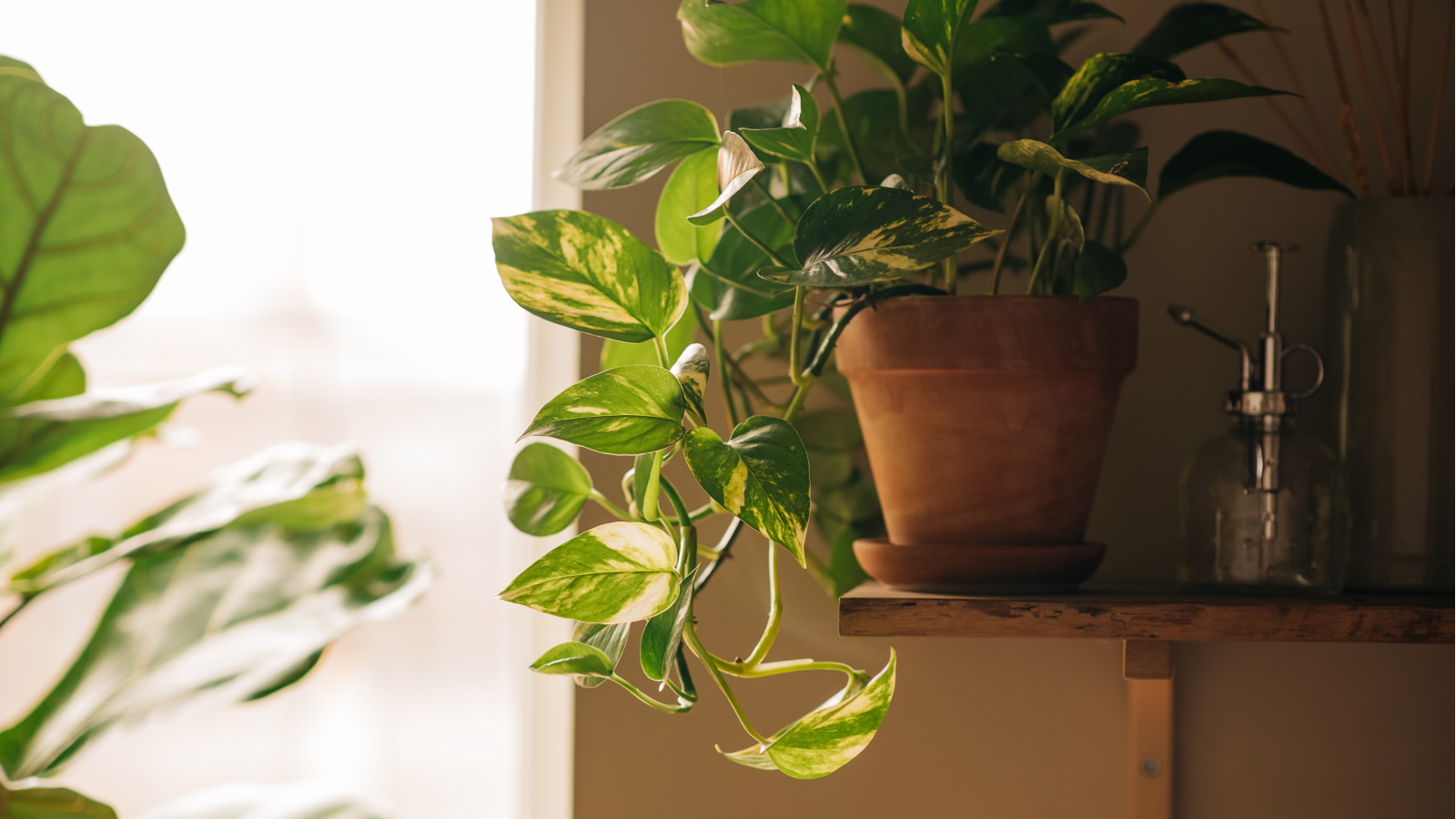
As an avid indoor plant collector, keeping on top of houseplant care takes up a large amount of my time. I don't just have watering to think about, I also need to ensure all 20 varieties of plants in my home are growing in optimal conditions, and keep a critical eye on humidity levels.
Increasing humidity for indoor plants is not a new concept, and most indoor gardeners will own a plant mister for this reason. I have become somewhat inseparable from my own plant mister, finding a moment of peace when spritzing my houseplants each day. But, in between soaking up the wellbeing benefits of this task, I'm often questioning whether it really works.
I decided to experiment with something new, putting these pebble trays for plants from Amazon to the test to see how they compare to my plant mister. And now that I've started using one, I can honestly say I won't turn back. Plus, at less than half the price of a plant mister per tray, this is the most affordable houseplant humidity hack I've ever found.
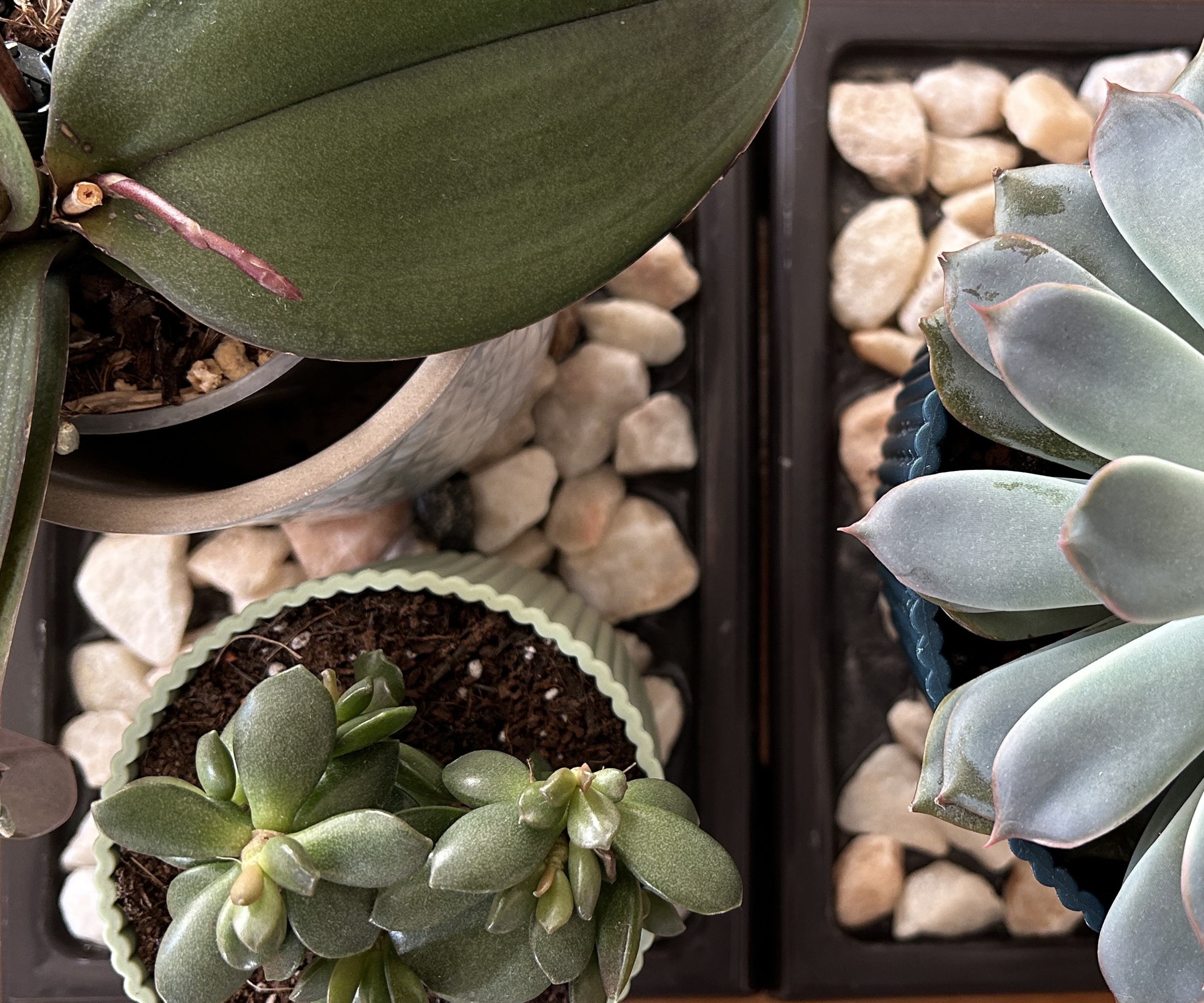
Do pebble trays for plants work?
If you're skeptical about whether pebble trays actually work, I get it. I was too. Any attempt to increase humidity for houseplants is unlikely to recreate the same climate as tropical rainforests where many of the best indoor plants are native to. Of course, it's worth noting bathroom plants do experience higher humidity when the shower is on.
However, not being able to achieve the same humidity level as tropical climates isn't something to worry about; houseplants have adapted to our indoor environments and will grow just fine without you doing anything to increase humidity.
So, why bother in the first place? I'm sure many houseplant owners will agree with me that just because indoor plants don't rely on high humidity to survive, doesn't mean they don't benefit from it: personally, I watch my houseplants perk up after being misted. As for my experience with the pebble tray, I'm happy to say I saw similar results.
Before getting into how the pebble tray worked on my plants, I first want to mention the convenience of this tool. Using essentials in a plant care kit like a plant mister can be time-consuming and tiresome. You need to be misting super regularly to see a real difference.
Design expertise in your inbox – from inspiring decorating ideas and beautiful celebrity homes to practical gardening advice and shopping round-ups.
The pebble tray, on the other hand, is much more low-maintenance. You simply fill the shallow tray with pebbles and add water to just below the top of the pebbles. As the water evaporates, it increases humidity in the immediate air around it. This has the same effect as misting, but you can leave it to do just do its thing - much easier when you have a busy schedule.
How the pebble tray benefitted my plants
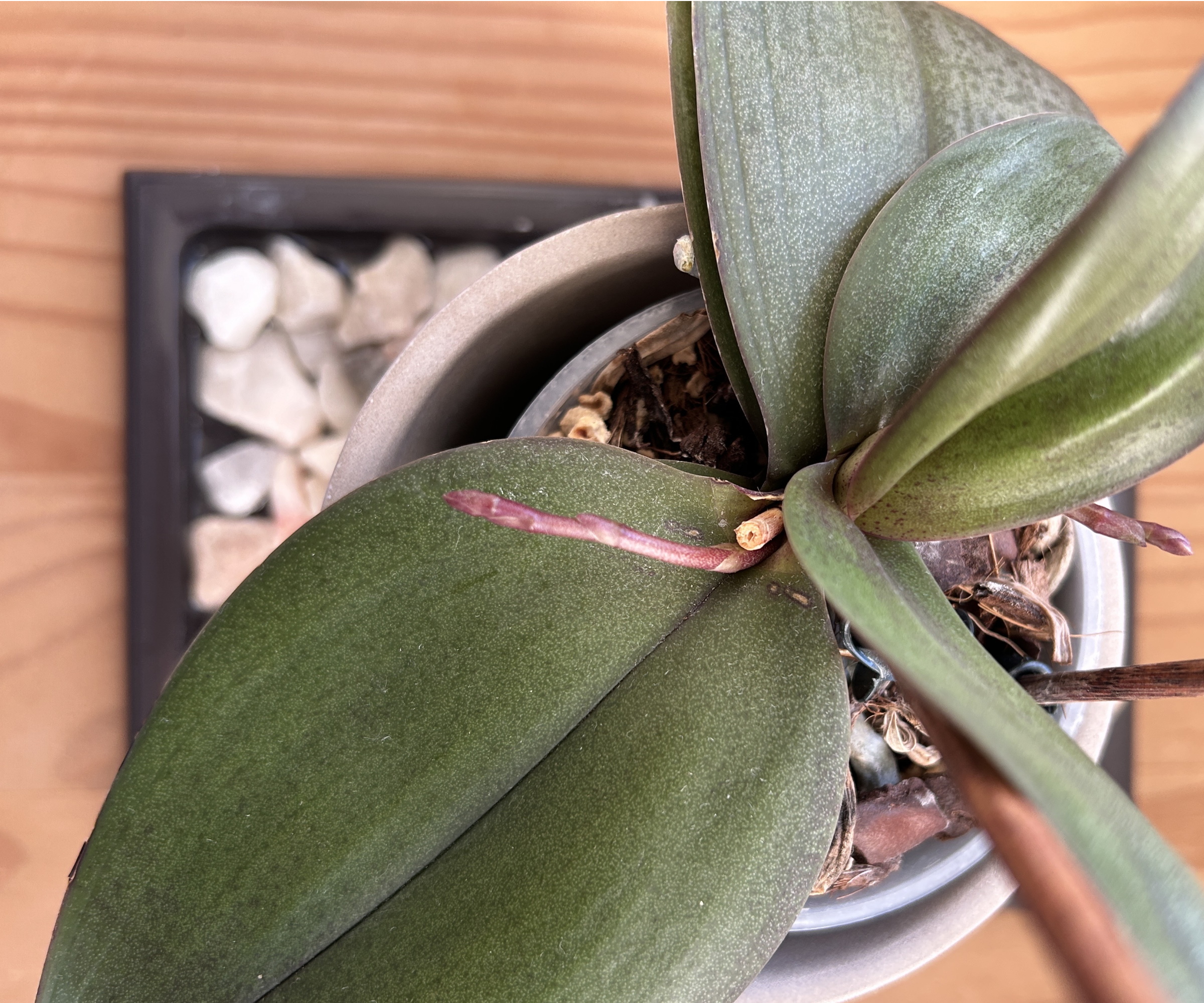
Now for my observations. While I can't guarantee the pebble tray changed the overall humidity levels in my home, I won't deny I saw some positive results that made my plants appear happy and healthy.
The plant I mist the most in my collection is one of the best ferns to grow indoors, an asparagus fern (Asparagus setaceus). While I don't rely on misting to increase humidity levels long-term (because I don't have time to mist it around the clock), I choose to spritz my fern to keep it looking vibrant. When I haven't misted it for a while, I notice it looking duller and droopy. So, I was delighted to see my fern consistently stay its bright, gorgeous green hue and the soft foliage stand tall when sitting on the pebble tray from Amazon.
Another plant I tested actually saw some new growth; my dormant moth orchid. To my surprise a new stem started to grow after a few weeks of living on a pebble tray (as pictured above). This is particularly surprising given it was fall, not a typical growing season for orchids. However, there are some other things to take into consideration, too. For example, I kept it on a sunny windowsill and we had a lovely few warm days during this time.
Nevertheless, it makes sense that the pebble tray worked for my fern and orchid. After all, it is a simple case of evaporation, putting moisture into the air around plants which they benefit from as they do when I mist them. The only difference being the more consistent release of moisture from the pebble tray. I even observed the water evaporating every few days and needed to top it up.
For this reason, I have also chosen to use the pebble trays for the easiest houseplants to grow from cuttings. I have propagated nearly every houseplant in my collection and there is no doubt using the pebble tray helps keep cuttings in a moist and humid environment - one way to speed up houseplant propagation.
Other reasons to use a pebble tray for plants
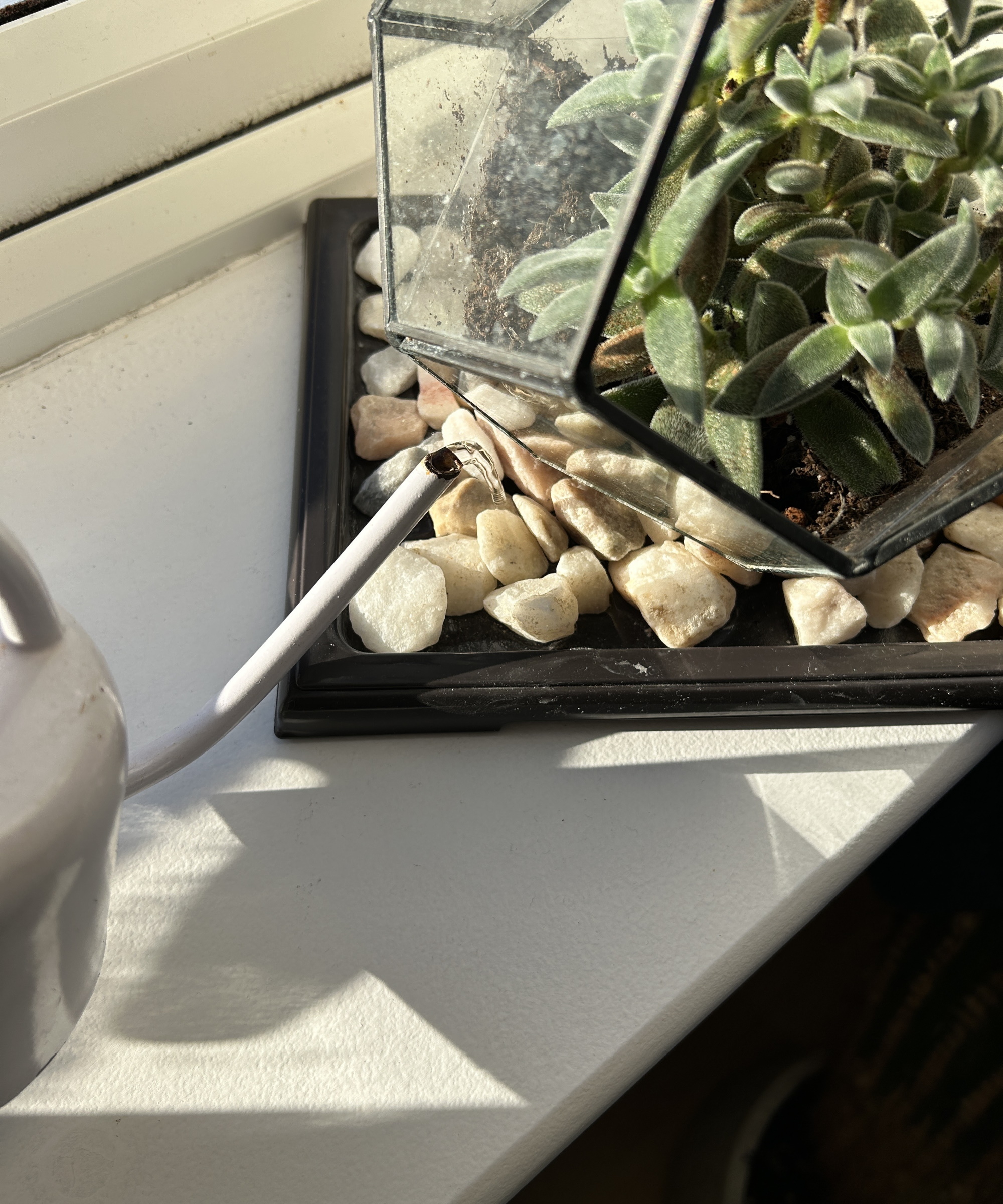
While it's true I saw humidity benefits in using the pebble tray, I also like them for a couple of other reasons.
I'm always on the hunt for new ways to style my houseplants and a pebble tray is a charming way to show off special plants. I opted to use pebbles of white and pink hues, but you can really customize this to suit your interior aesthetic - there are even black pebbles for plants available at Amazon.
Secondly, these pebble trays can also assist with drainage. This works in the same way a planter with a saucer (from Walmart), catching excess water from a planter with a drainage hole and stopping your houseplants sitting in oversaturated soil and suffering houseplant root rot.
On balance, it's these reasons the Amazon pebble tray has made its way to a permanent spot on my windowsill. It's true the pebble tray is effective at giving plants some more humidity, but just like misting, it isn't going to make a dramatic difference in your overall room's humidity levels.
However, it undeniably contributes to keeping your plants at healthy moisture levels and looks beautiful while doing so.
My approach: using both the pebble tray and my plant mister for happy houseplants.
Shop plant misters in the Black Friday deals
With such a sophisticated design, this glass plant mister is functional and beautiful. Display it on a shelf when not in use.
The copper accents of this plant mister gives it rustic charm. It's a simple design and easy to use for spritzing plants.
The ergonomic design of this plant mister means you can mist your houseplants without fatigue.
FAQs
Can you use clay pebbles on a pebble tray for plants?
You can you use clay pebbles in a pebble tray for plants. Clay pebbles are porous, so they will absorb water in the pebble tray and release it at a slower rate. They are also lightweight and usually have earthy tones, making them an attractive choice.
One thing I wish was different about these pebble trays is their size. It would be ideal to fit larger plants on them, like my Monstera deliciosa. But, for the affordable price this is a real bargain to stumble across and it's worth adding it to your collection of essential gardening tools.
If you're thinking about getting this pebble tray for plants to gift for Christmas, you might also be interested in seeing our gifts for gardeners guide. The pebble tray isn't the only thing to get your hands on this sales period, either, as Amazon Christmas decorations are all in the Black Friday sale for under $50.

Tenielle is a Gardens Content Editor at Homes & Gardens. She holds a qualification in MA Magazine Journalism and has over six years of journalistic experience. Before coming to Homes & Gardens, Tenielle was in the editorial department at the Royal Horticultural Society and worked on The Garden magazine. As our in-house houseplant expert, Tenielle writes on a range of solutions to houseplant problems, as well as other 'how to' guides, inspiring garden projects, and the latest gardening news. When she isn't writing, Tenielle can be found propagating her ever-growing collection of indoor plants, helping others overcome common houseplant pests and diseases, volunteering at a local gardening club, and attending gardening workshops, like a composting masterclass.
